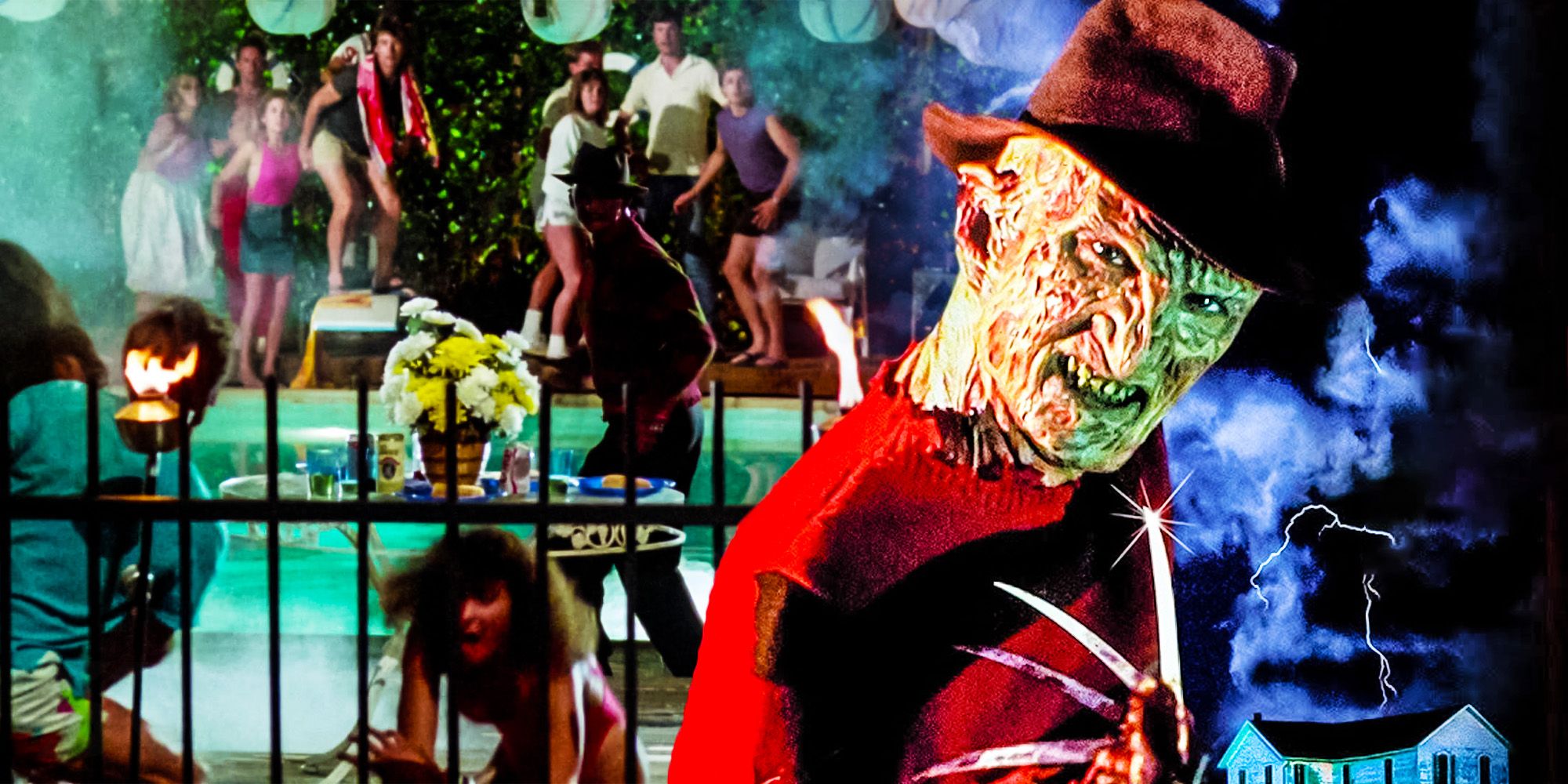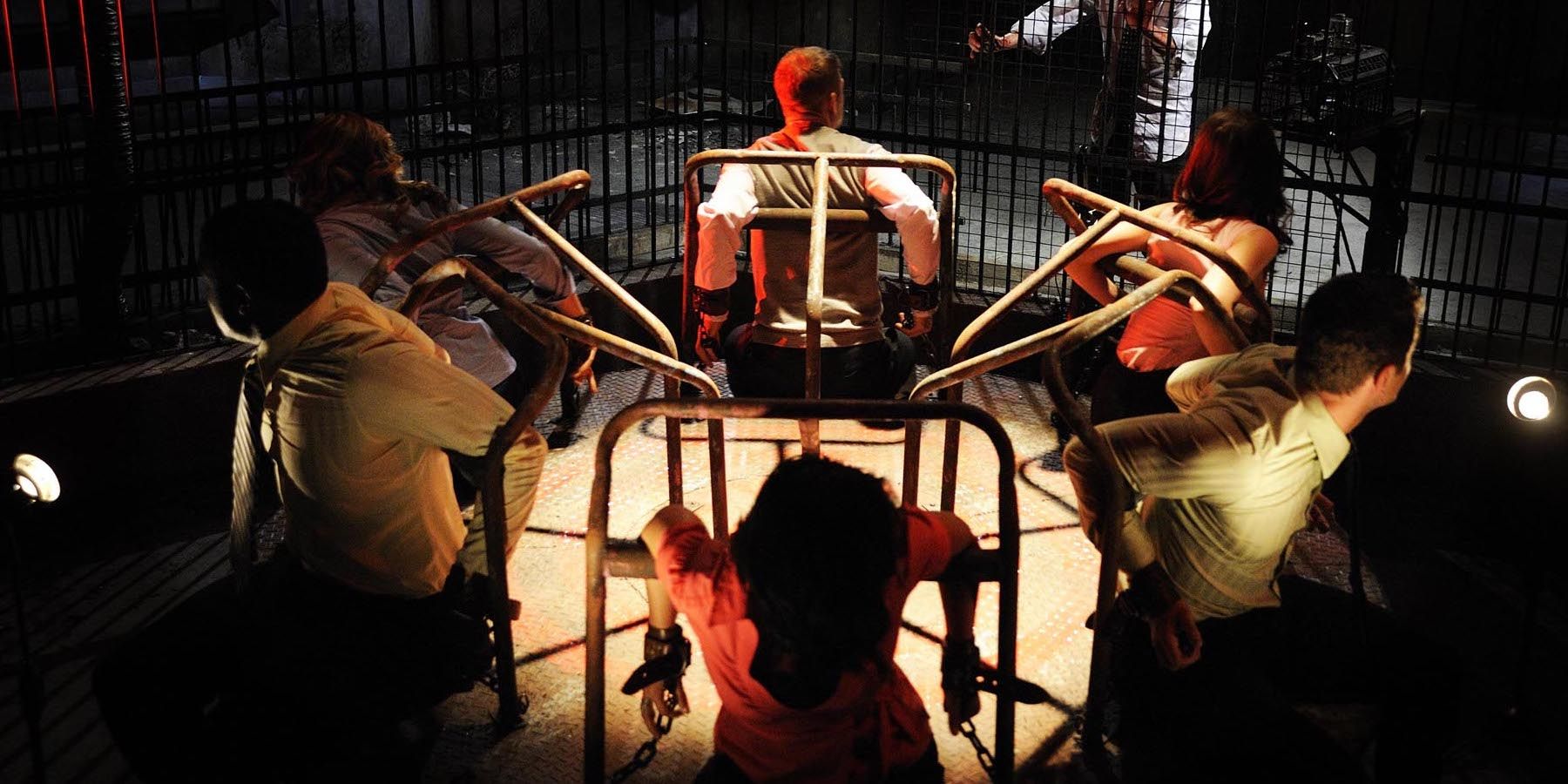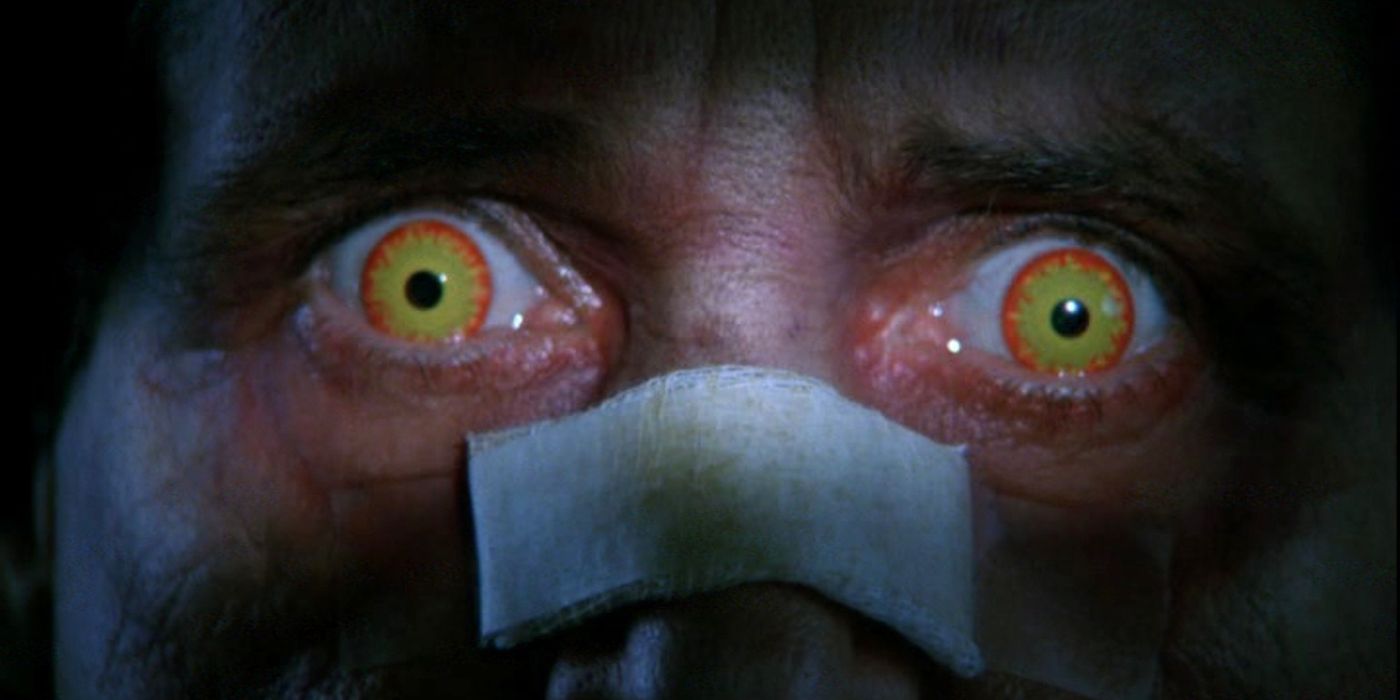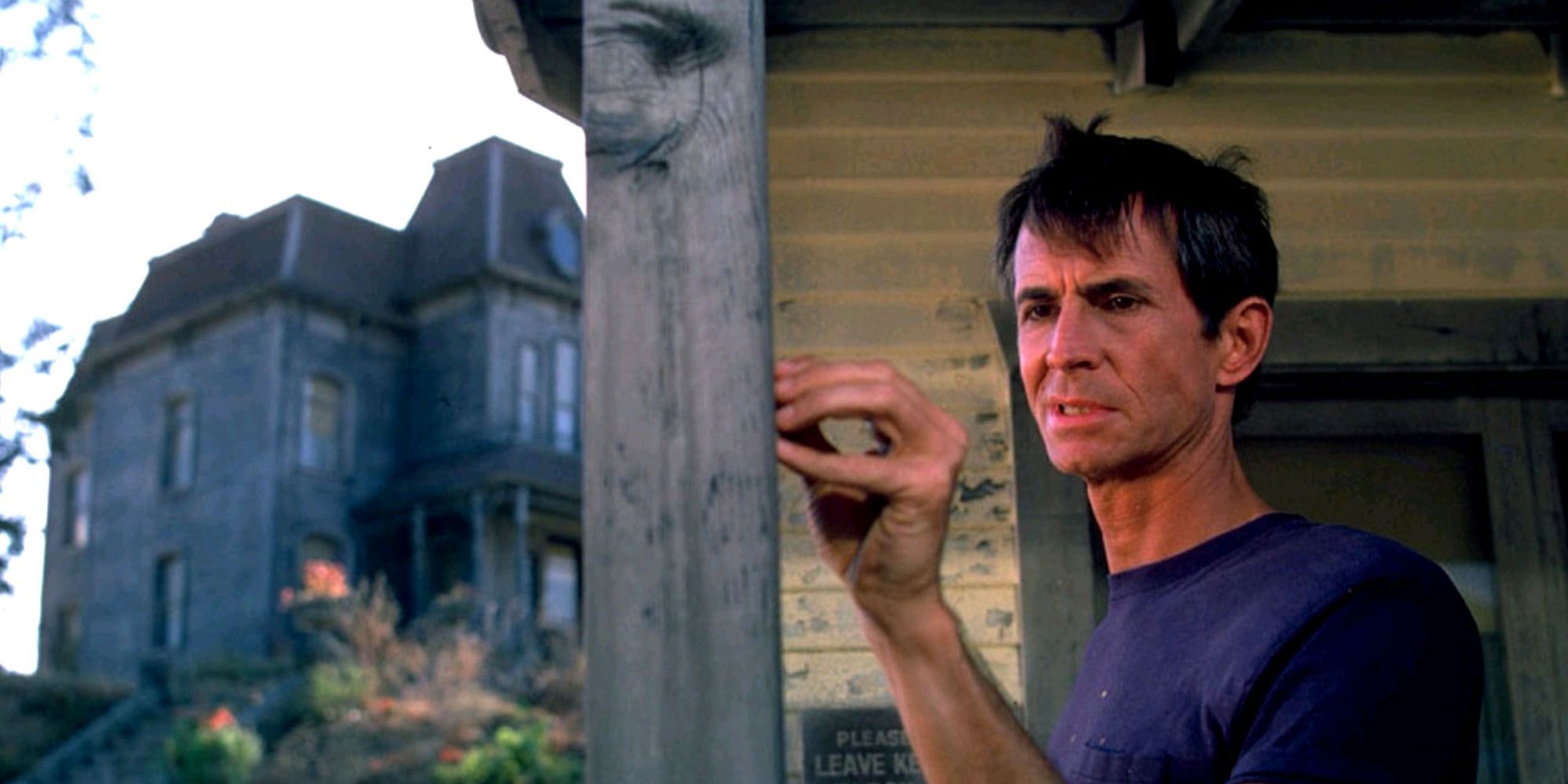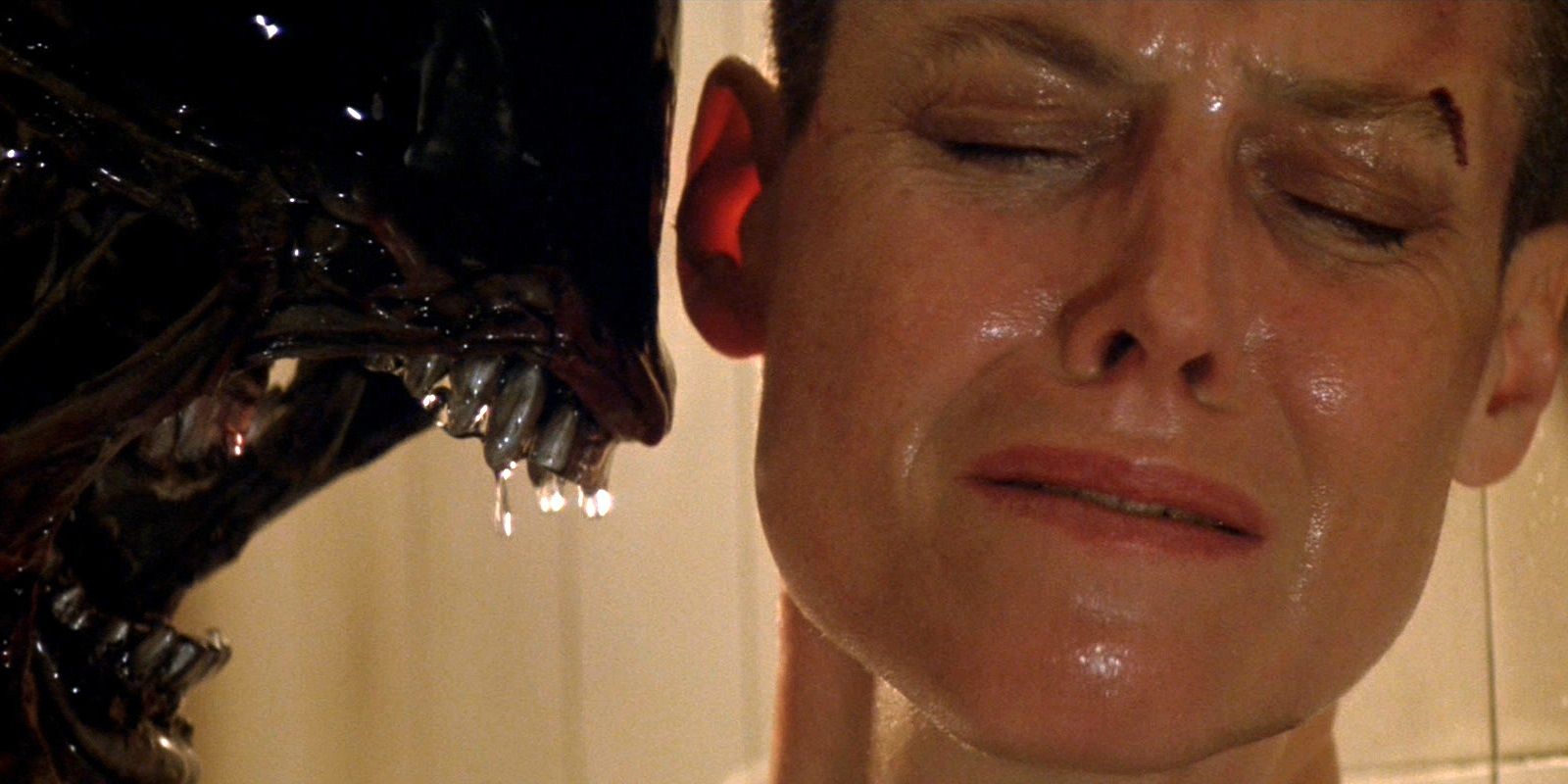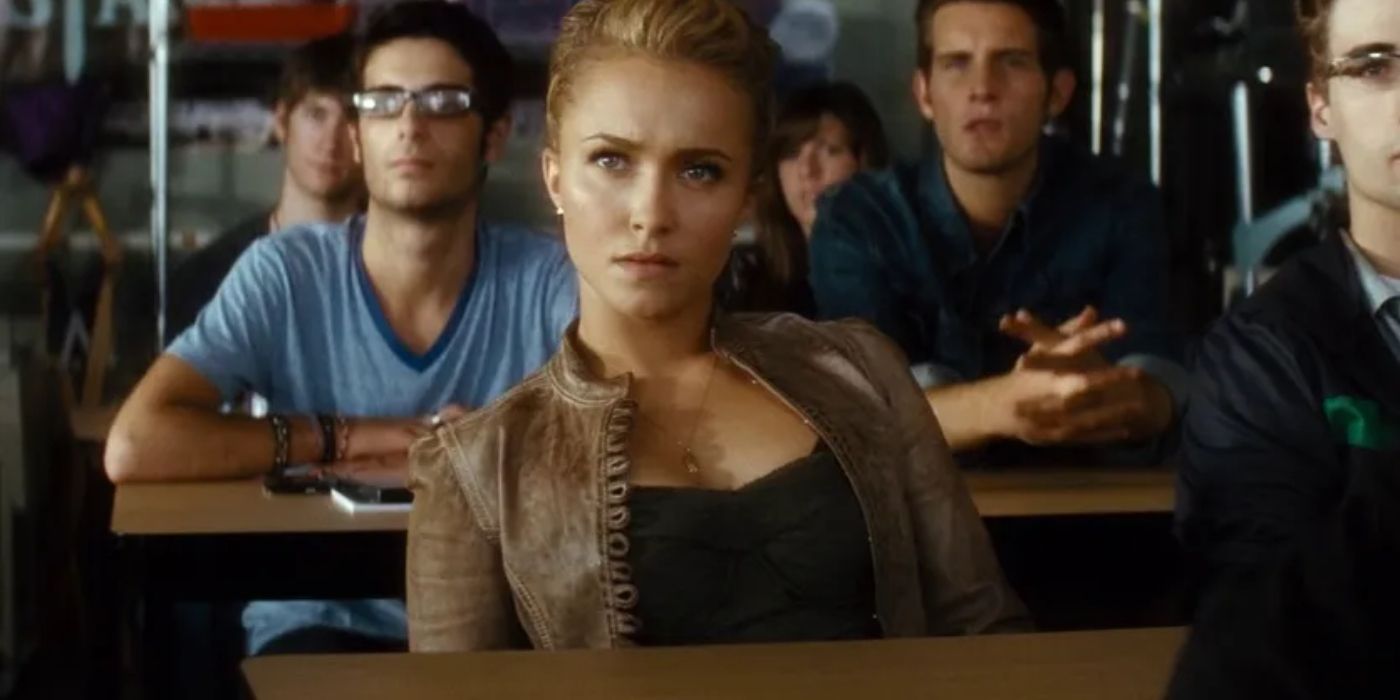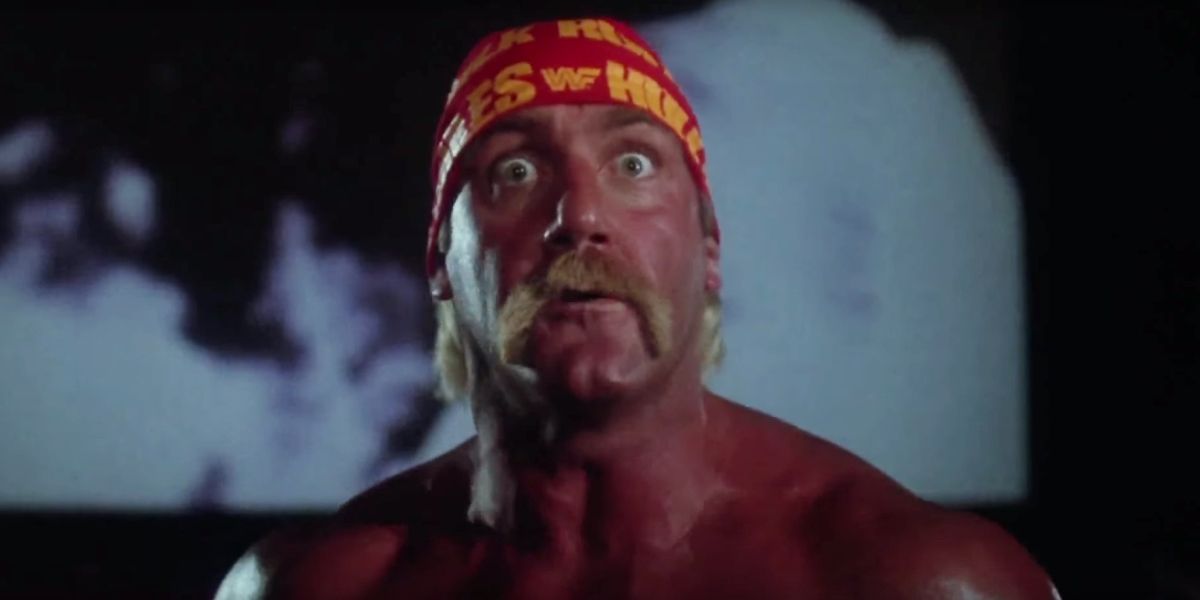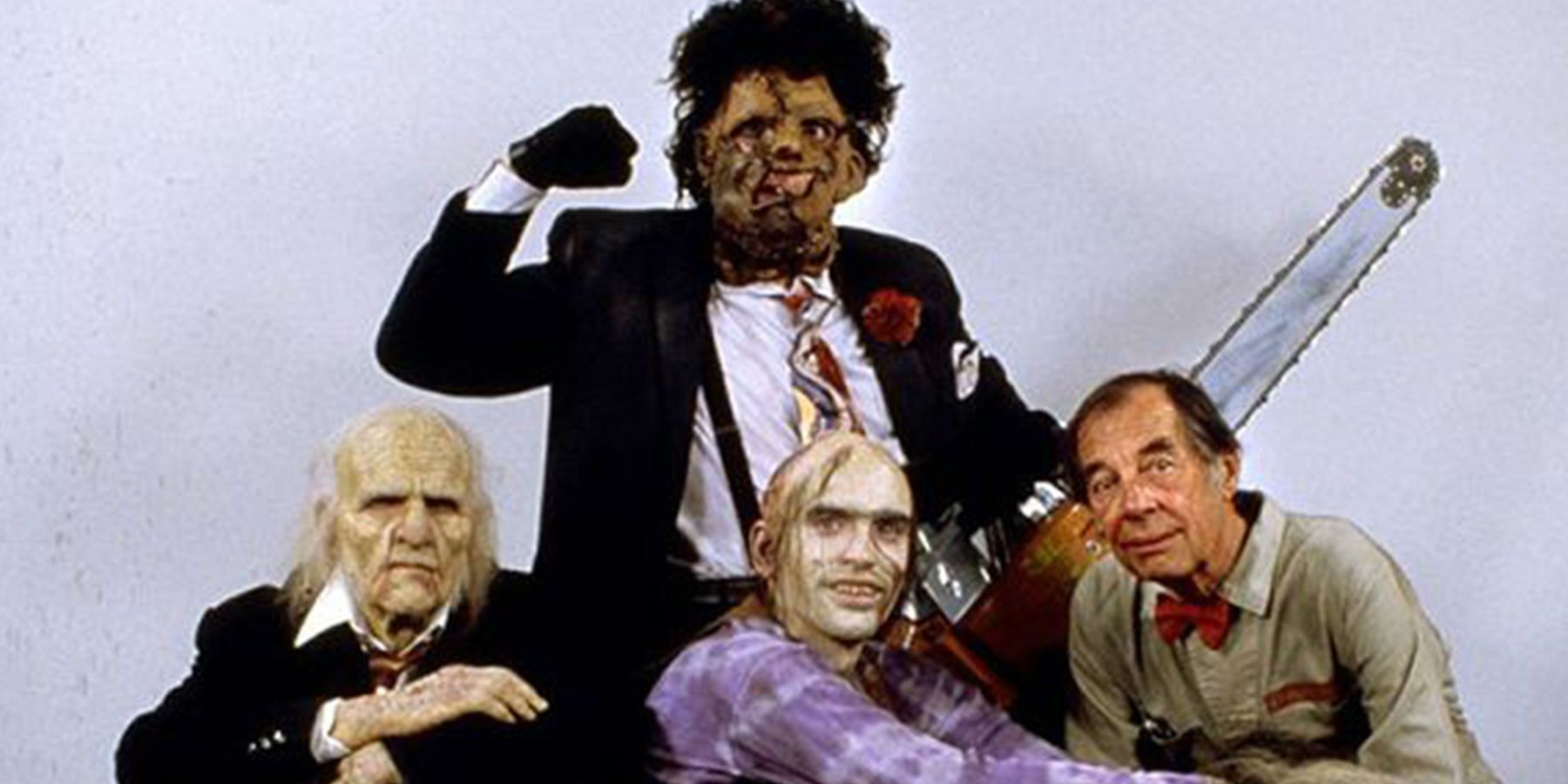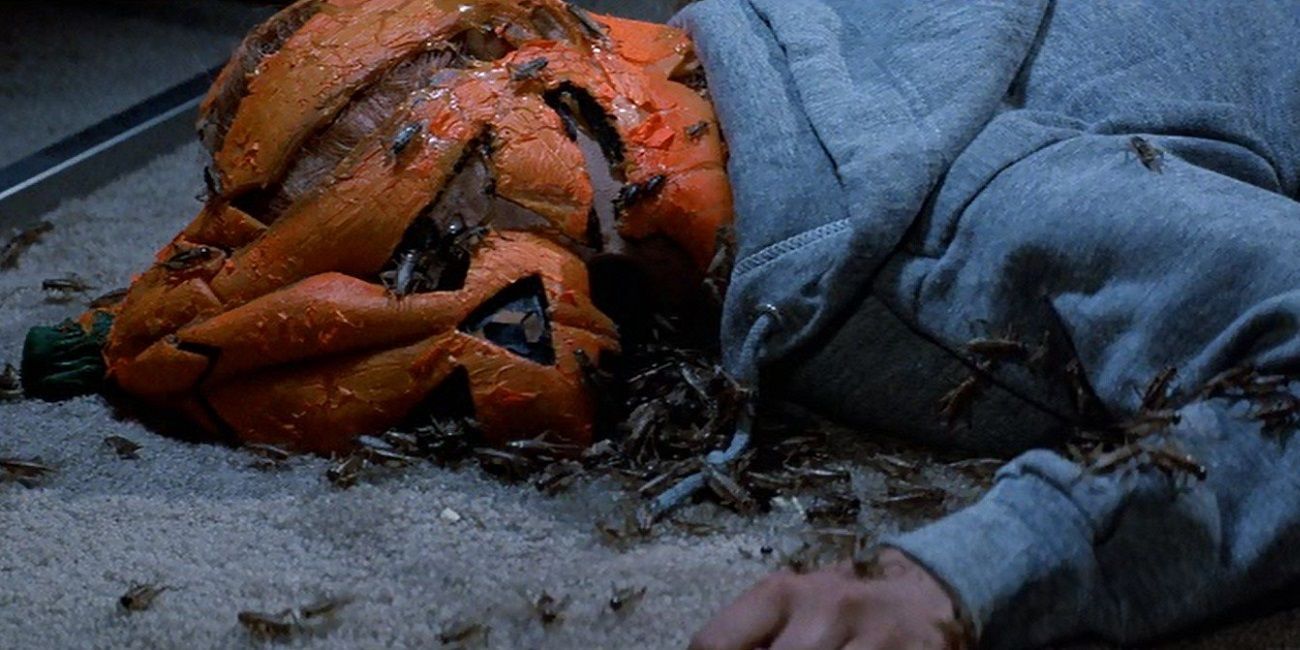Halloween Ends, the final entry in David Gordon Greene's trilogy, is fast approaching. Given the huge anticipation for it, mixed with the polarized reception of its predecessor, Halloween Kills, it would not be surprising if Ends either becomes an instant fan favorite or disappoints due to the unprecedented hype.
Even if it flops, however, that doesn't mean that horror fans won't come to appreciate it. In fact, some of the most popular and celebrated horror sequels today were actually hated upon initial release. The expectations that come with a sequel can put filmmakers on an uphill, but the sequels that take chances and dare to have their own identity are typically the ones with real staying power.
Jason Goes to Hell: The Final Friday (1996)
It's hard to find a sequel that was met with more animus by fans at the time than Jason Goes to Hell, which all but reinvented the Jason Voorhees mythos to turn the character into a body-switching demon. While most sequels get criticized for being formulaic and by the numbers, Jason Goes to Hell had the exact opposite problem.
But it's that tenacity that has started to earn the respect of fans after all these years. While Jason Goes to Hell feels like a wild direction for the franchise to take, it's also a surprisingly clever and self-aware sequel that is totally in control of its own weird energy. While it's hard to tell if fans will ever fully embrace this oddball sequel, it's gained a cult following within the fandom.
A Nightmare on Elm Street 2: Freddy's Revenge (1986)
The first sequel to Wes Craven's immortal classic, Freddy's Revenge, perplexed and unfortunately alienated audiences with its subtext about sexual repression and homosexuality. Though the LGBTQ+ themes were discounted as unintentional at the time, the film's writer, David Chaskin, said in the documentary Never Sleep Again: The Elm Street Legacy that they were, in fact, intentional. Thankfully, today's more progressive audience actually celebrates and cherishes Freddy's Revenge precisely for this bold direction.
Freddy Krueger is a boogeyman of the subconscious, so he's actually a perfect metaphor to explore these issues. And it doesn't dilute the horror in any way. Some would argue that this is one of Freddy's most frightening appearances. Though Freddy's Revenge isn't just interested in body count but also in exploring real issues that America's youth has been dealing with. The film has become so accepted by the community now that Shudder even produced a documentary in its honor.
Saw VI
By the time this sequel came out, critics and audiences had largely written off the Saw franchise as being mostly comprised of gore without substance. It didn't help that Saw III had the audacity to kill off the main antagonist, Jigsaw, leading to diminishing returns for the franchise. Unfortunately, the burden of all that fell onto Saw VI, which became the lowest-grossing entry of the series up to that point.
This is a shame because it arguably had the most substance out of the sequels, something which fans are appreciating more and more. This time, Jigsaw and his apprentice target a sleazy health insurance salesman, forcing him to confront the twisted and warped morality of his own worldview through a series of grisly traps. The words "political" and "Jigsaw" wouldn't seem to go together, but fans have come to enjoy this strange brew of social commentary and grotesque body horror.
The Exorcist III (1990)
After The Exorcist II: The Heretic bombed in an unprecedented disaster, audiences thought The Exorcist franchise was rightfully dead. So it seems that audiences were already skeptical when The Exorcist III came out over 15 years after the original. To top it all off, The Exorcist doesn't even continue the story of Reagan and Pazzuzu but follows a side character from the first movie.
Needless to say, fans back then didn't know what to make of The Exorcist III or its off-putting, convoluted plot. But now that audiences have had a while to sit with it, The Exorcist III has become a cult classic due to its unnerving imagery and for Brad Dourif's haunting performance as the Gemini Killers. It's not uncommon to find a horror fan that proclaims it as their favorite of the franchise.
Psycho II (1983)
Critics and audiences were so offended that anyone dared to make a sequel to the immortal Psycho that they weren't ready to give this film a chance, especially since it indulges in some of the popular trends set by the slasher movies of the time. But thankfully, enough time has passed for people to recognize Psycho II for the gem that it is.
Anthony Perkins returns to his legendary role of Norman Bates as Norman is finally released after 22 years in jail, ready to start a normal life. But when murders start cropping up, all eyes point to him as everyone, including Norman, starts to wonder if "Mother" is rearing her head once again. While this sequel might up the body count and gore from its predecessor, it succeeds because it focuses entirely on Norman's psychology, and allows Perkins' star to truly shine.
Alien III (1992)
Coming off the wildly successful Alien and Aliens, this legacy had huge expectations. Unfortunately, creative differences and production issues inhibited the vision of then-first-time director David Fincher, and the result was a film that caused severe backlash among audiences for its dark, almost nihilistic tone.
And yet, it's that same ominous tone that distinguishes Alien III, enough so that it's garnered a substantial fanbase of defenders who argue it's been unfairly maligned. Despite the production issues, this sequel still serves up an above-average sense of tension, and Sigourney Weaver continues to excel in her role as Ripley. If it hadn't followed two masterpieces, it would've been more appreciated at the time.
Scream 4 (2011)
By 2011, the Scream franchise seemed like old news, and fans were ready to dismiss this as a typical cash grab. Except now fans realize that with the Scream movies, nothing is at it seems, and what appeared to be this sequel caving in to the popular trends of the day was actually Wes Craven and company slyly poking fun at those trends.
Set back in the town of Woodsboro, Scream 4 sees the return of Sidney Prescott, who has to battle Ghostface when her niece seems to become the killer's new target. To say anything more would be to give away this sequel's intricate, carefully thought-out storytelling that's as filled with unpredictable scares as it is with wry commentary on the state of modern horror.
Gremlins 2: The New Batch (1990)
The original Gremlins perfected the little-monsters-run-amok genre and became an instant classic for fans of both monster flicks and family adventure movies. With that kind of success, it seems like a sequel would be a no-brainer. But instead of trying to recapture his success, director Joe Dante created a film that could only be described as a farce, much to the chagrin of fans at the time.
But it's that same clever, witty tone and self-aware approach that has made Gremlins 2 age like fine wine. This sequel could almost be described as "what if one of the Gremlins took over the editing bay" and infected the movie with their own mischievous energy. While fans might not have been ready for this manic parody of a sequel, today's audiences think it's the perfect follow-up to the original.
The Texas Chainsaw Massacre 2 (1986)
The Texas Chainsaw Massacre was one of the grittiest and most disturbing grindhouse flicks of its time, so audiences expected director Tobe Hooper to try and top himself with this sequel. Instead, he switched gears and took one of the greatest left-turns in horror history by making this sequel a goofy and zany parody of the first film. Sadly, critics and audiences rejected this film en masse and have only begun to truly appreciate its sense of humor.
The sequel follows a radio DJ and unstable sheriff who try and take down the Sawyer family. Sounds simple enough, but that plot description doesn't do justice to how off-the-wall and bizarre the sequel can get. While most sequels play it safe, this one swung its chainsaw for the fences, much to the delight of modern horror fans.
Halloween III: Season of the Witch (1983)
In one of the most infamous creative choices of his career, John Carpenter decided to retire the character of Michael Myers after Halloween II and continue the franchise as an anthology series, beginning with Halloweeen III: Season of the Witch. The result was a film that was criminally underrated at the time, decried by fans and critics for the sin of not including the Myers character.
But after being one of the most lowly-regarded films of the franchise, the tides have turned in Season of the Witch's favor so much that the recent Halloween Kills paid homage to it, much to fans' delights. Thankfully, fans have looked past the absence of Michael Myers to see a film that's heavy on atmosphere, intrigue, and sheer terror. It also features one of the most insidiously catchy ear-worm theme songs of all time.

-12.jpg)
.jpg)
